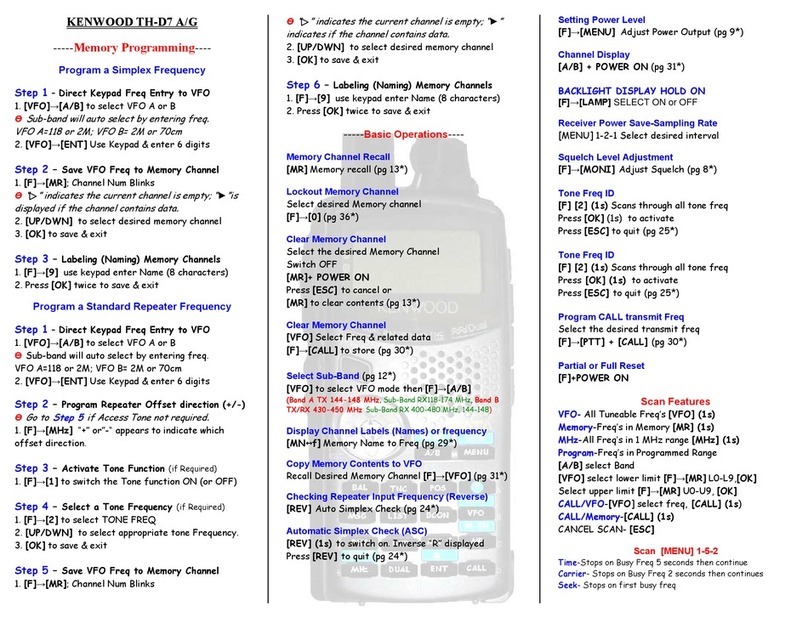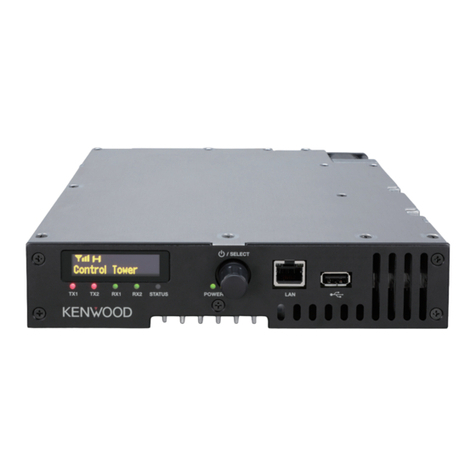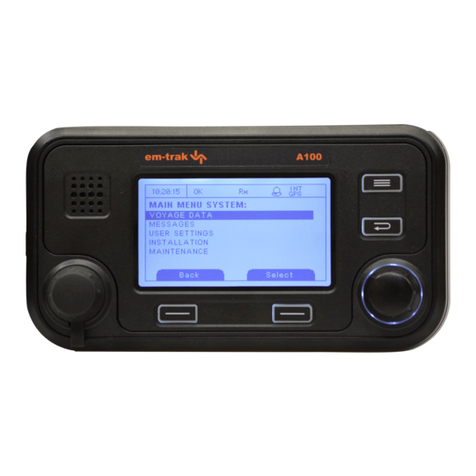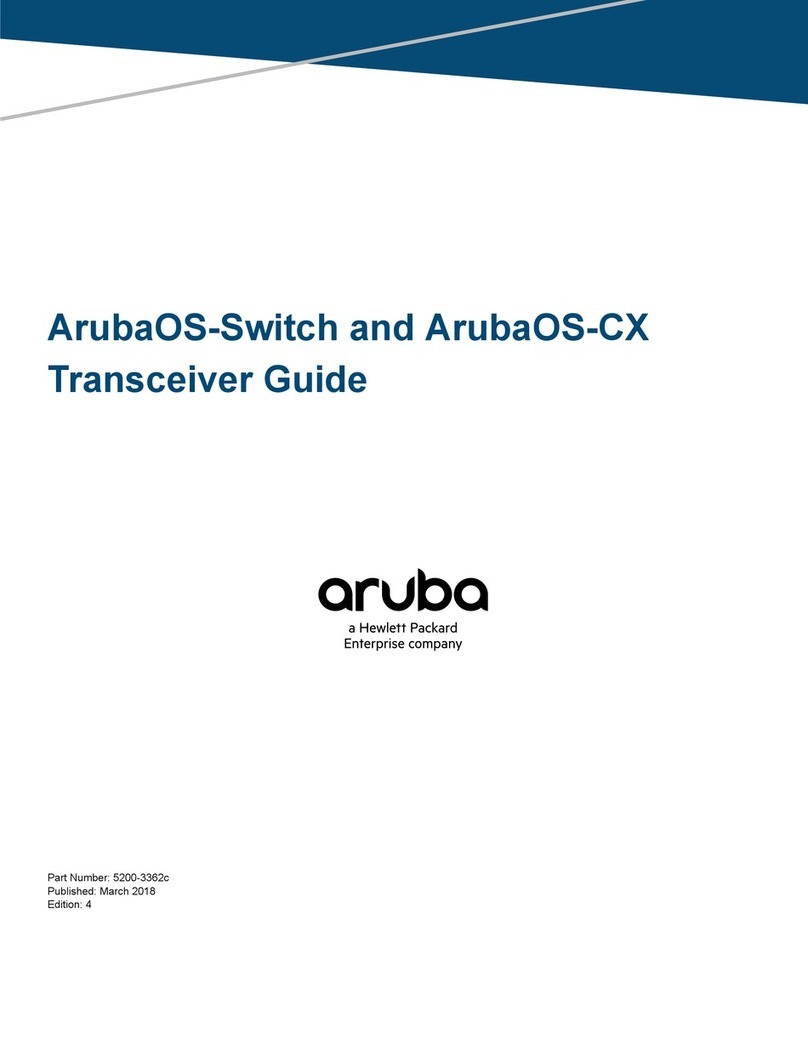Kenwood TS-600 User manual
Other Kenwood Transceiver manuals

Kenwood
Kenwood TK-5720 User manual

Kenwood
Kenwood TK-2206M User manual

Kenwood
Kenwood TS-711A User manual
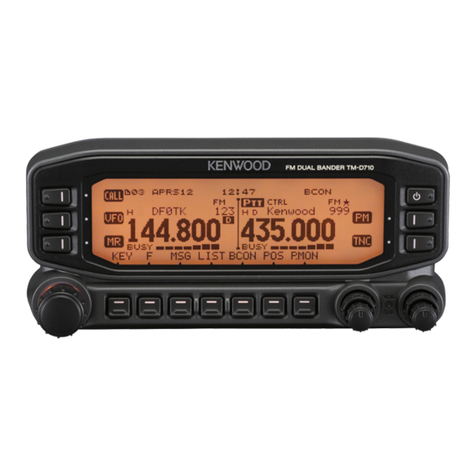
Kenwood
Kenwood TM-D710A User manual
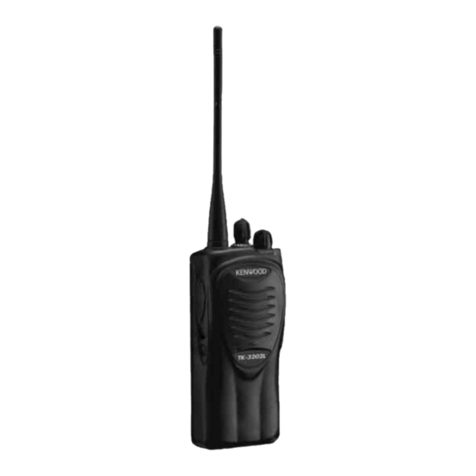
Kenwood
Kenwood TK-3202L User manual

Kenwood
Kenwood TK-7180 Setup guide
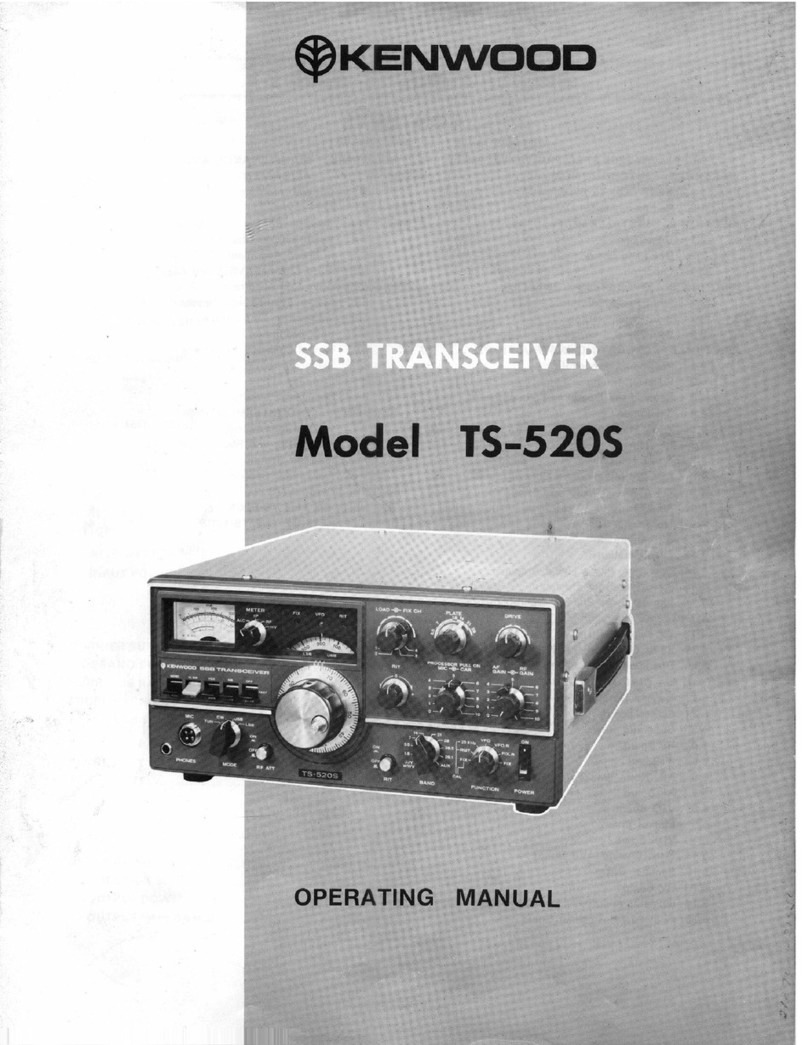
Kenwood
Kenwood TS-520S User manual
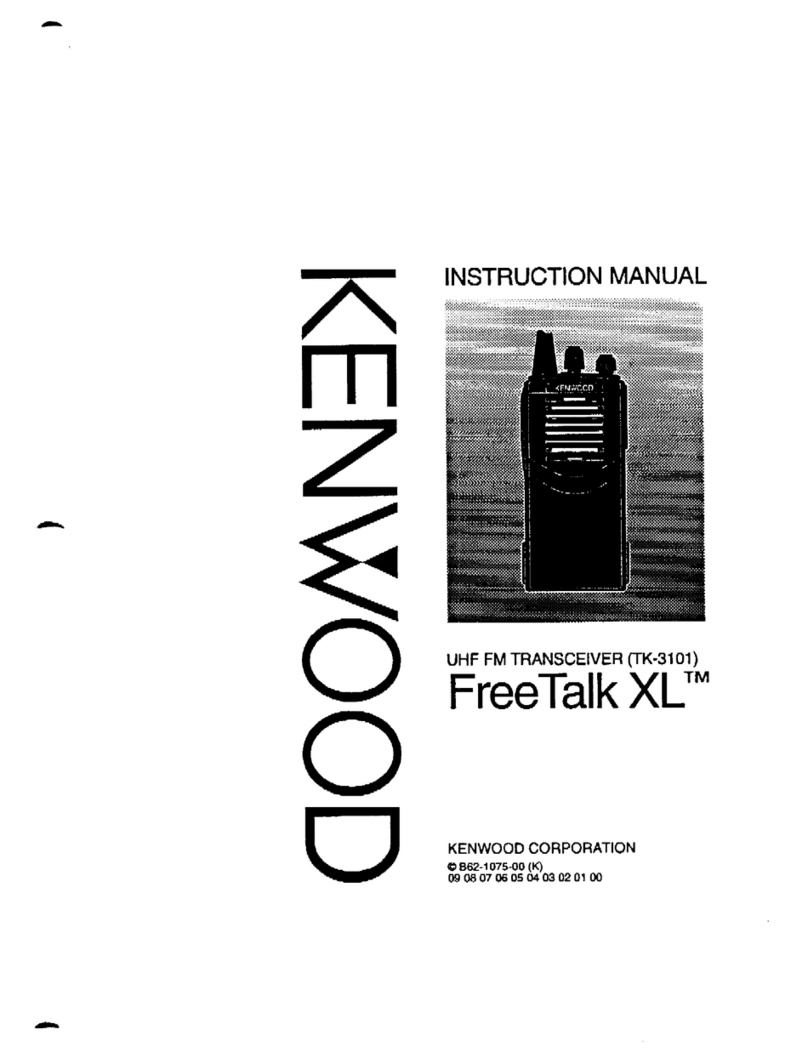
Kenwood
Kenwood TK-3101K User manual
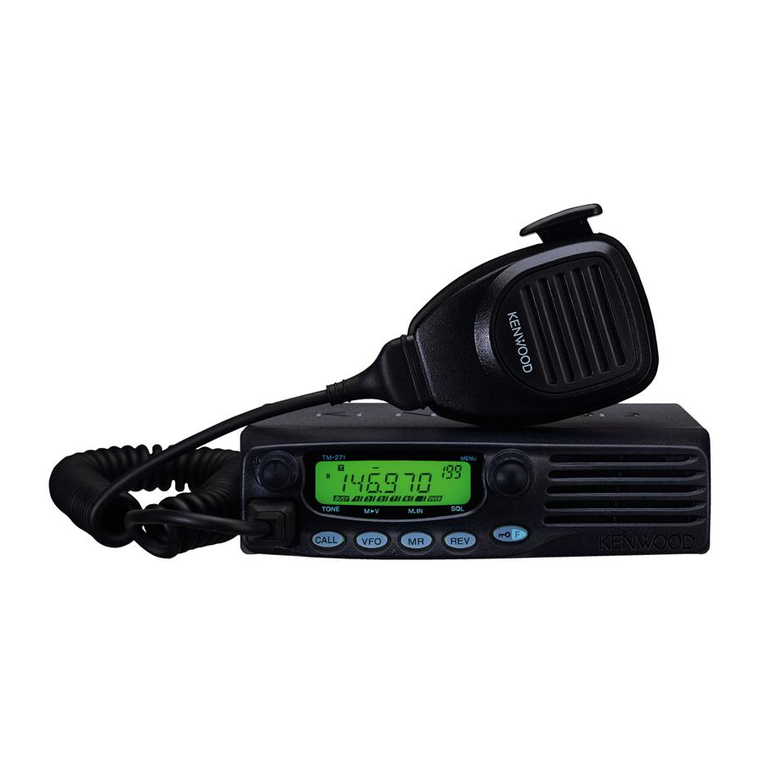
Kenwood
Kenwood TM-271 User manual

Kenwood
Kenwood TK-5710 Series User manual

Kenwood
Kenwood TK-3101K User manual

Kenwood
Kenwood TK-2160 User manual
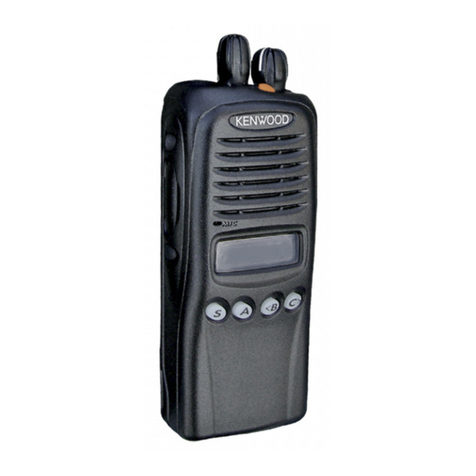
Kenwood
Kenwood TK-2180 User manual

Kenwood
Kenwood TM-211A/E User manual

Kenwood
Kenwood TK-3207 User manual

Kenwood
Kenwood TR-9130 User manual
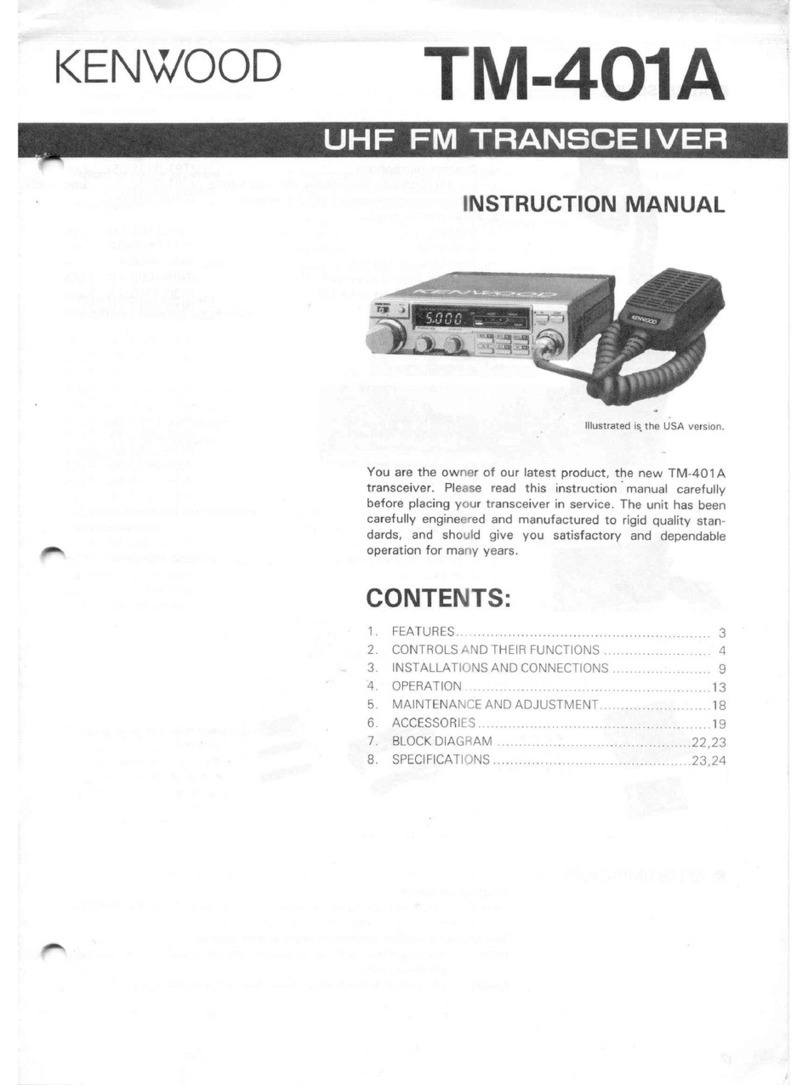
Kenwood
Kenwood TM-401A User manual
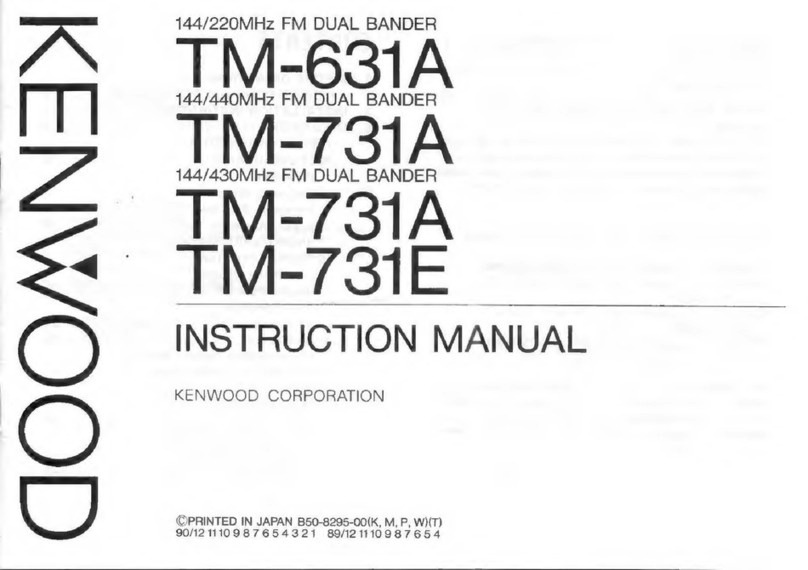
Kenwood
Kenwood TM-631A User manual

Kenwood
Kenwood NEXEDGE NX-200 User manual

Kenwood
Kenwood TK-190 User manual

